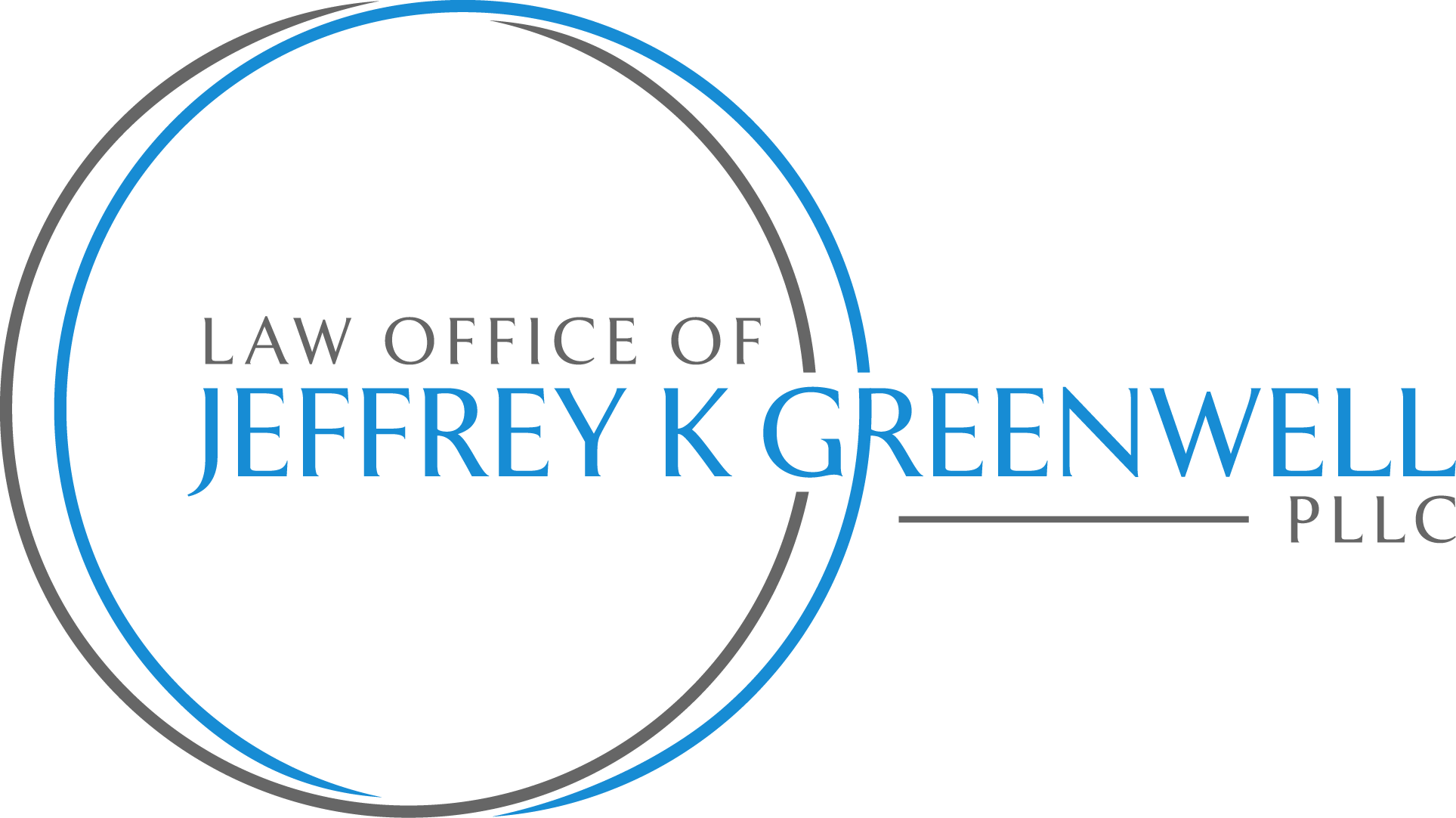Chapter 7 bankruptcy can often also wipe judgment liens off the title to your home.
_________________________
Many people in Kalispell have liens against their property—such as the lienholder’s lien on your car or truck title, or your home lender’s trust deed on your home’s title—that are generally not wiped out with a bankruptcy filing. The bankruptcy discharge (write-off) of debts ends your personal liability on that debt but does not end a creditor’s rights in any collateral. Accordingly, a judgment lien—the lien that attaches to your home if a creditor gets a judgment against you—gives the judgment creditor certain rights to your home, including in some cases the right to foreclose on it. But under some circumstances judgment liens CAN be wiped away, or voided, during bankruptcy, so that the creditor would have no such further rights against your home.
_________________________
If you still want to make good on your New Year’s resolution to take charge of your financial life, and are sitting on the fence about whether bankruptcy would be a good idea, this and the next few blogs may help. They are about less familiar benefits of filing bankruptcy, starting with some less familiar benefits of Chapter 7.
The Chapter 7 version of bankruptcy usually achieves two main goals—it stops all or most of your creditors from collecting against you and your assets, and it “discharges,” meaning it legally forever wipes out, all or most of your debts. In most cases, that’s pretty much what it does for you, and that’s often just what you need. In contrast, Chapter 13—the “adjustment of debts” payment plan—is the creative, lots-of-tools-in-the-toolbox version of bankruptcy, often significantly better for dealing with complicated situations, for example if you owe lots of taxes or business debts, have a home foreclosure pending and/or are behind on your mortgage payments, or behind on your child or spousal support. But Chapter 13 takes at least 3 years compared to as short as 3 months for Chapter 7, it costs at least 3 or 4 times more, and is less likely to be completed successfully.
So here’s a tool which is available under Chapter 7—getting rid of certain judgment liens on your home in Kalispell and Montana. Here are the conditions for this to happen:
- You must qualify for and claim a homestead exemption on the real estate upon which you have the judgment lien.
- That lien must be a “judicial lien,” which usually means one gotten through a court judgment, but is specifically defined in the Bankruptcy Code as “a lien obtained by judgment, levy, sequestration, or other legal or equitable process or proceeding.”
- The debt underlying this judgment lien cannot be for child or spousal support, or for a mortgage foreclosure.
- The judgment lien at issue must “impair” the homestead exemption, which the law defines to mean:
- the value of all the liens on the house, including the judgment lien
- PLUS
- the amount of homestead exemption that you could claim if there were no liens on the house
- MUST BE MORE THAN
- the value of the house (assuming you are its sole owner).
So for example, if:
- the judgment lien is $20,000 and your mortgage is $150,000
- PLUS
- your available homestead exemption is $30,000
- that $20,000 judgment lien would be impairing the homestead exemption and could be voided in bankruptcy
- as long as your house was worth less than $200,000.
Lastly, please understand that merely filing the Chapter 7 bankruptcy and just going through the procedure will likely discharge the debt that caused the judgment and its lien. But voiding the judgment lien itself takes an extra step. That extra step—usually a motion filed by your attorney in the bankruptcy court—must be done or else the judgment lien will continue to exist against your home. You would likely found this out at a very awkward time, such as years later when you’re trying to refinance or sell your home. Also, that motion to void the judgment lien needs to be filed while your Chapter 7 case is still open and active, which usually means within about 90 days after your case is filed, although sometimes they last longer. If your Chapter 7 case is completed and closed before the motion is filed, the procedure to void the judgment lien would likely cost hundreds of dollars more.
So, if you own a home, find out if you have a judgment lien against the title. If you do, talk to a bankruptcy attorney about whether that lien could be voided in a Chapter 7 bankruptcy case. If so, gaining this very important extra protection for your home could make filing bankruptcy that much more beneficial for you.

